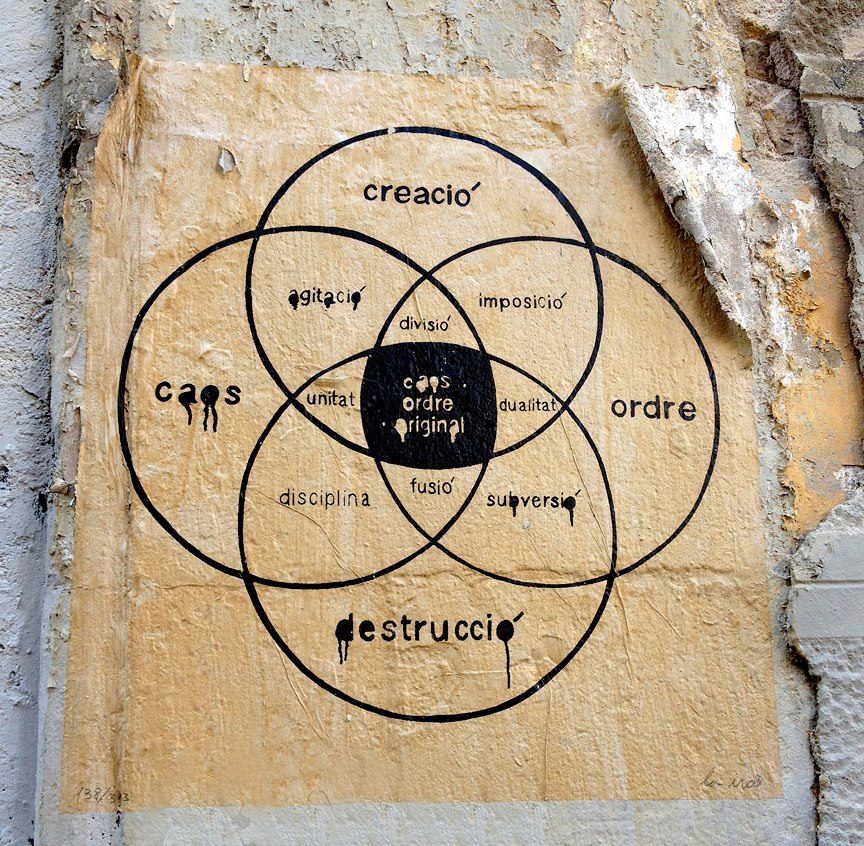So you wondered what happened to the finale of my tutorial on photographing metal jewelry and glass beads? Truly, I hadn't forgotten, just gotten distracted. Need a refresher on what I covered before?
First, I run my camera in full manual mode, not using one of the preprogrammed modes that are so easy. I need to be able to control both aperture and exposure simultaneously.

Aperture size controls the depth of field, which for jewelry is really critical. Depth of field means the physical depth of the target that is all in focus at the same time. I don't want the front of my ring to be sharp, but the back to be a total blur; I want to see the entire thing! Physically, the aperture is an iris diaphragm that closes down to restrict the light entering the camera and improve the focus. It is a function of both the camera and the lens being used and is marked in "f-stops" or "f-numbers", beginning at perhaps f/1.8 and increasing to f/16 or so for a standard lens. For jewelry, I recommend AT LEAST an aperture of f/16. One of the advantages of my nice macro lens is that it has higher f-stops, from f/2.8 to f/32 which give it higher depth of field to get more foreground and background simultaneously in focus.
Of course, when that aperture is closed down to make a better focus, less light gets into the camera, affecting the necessary exposure time. The times may get longer than a human can easily hand hold (I can't hold beyond 1/8 sec, for example), so that's why the camera is supported by a tripod or a copy stand. The way to measure the determine the necessary exposure time is to use a light meter, either the one on the camera or a separate instrument. I typically use my camera meter as a first approximation. Another factor affecting exposure time is the ISO equivalent. In the days of film, this number related to the size of particles in the film you purchased, and it determined how fine the detail on the negative was. A higher ISO allowed you to take photos in low light. The ISO has no real meaning for digital cameras. The equivalent measure is really where noise issues in the electronics inside the camera come into play. My camera has no real noise issues up to equivalent ISO 1250 or so, so I use an arbitrary ISO of 640 just to make the exposure times relatively low. It seems better to not need to take really low exposures -- less possibility that I bump the table, etc.
Here's the procedure I use to take standard photos:
- Use the largest photo format.
I can always down size the photo in Photoshop later, but I can't ever make it bigger. I use a normal JPG format, but RAW would actually be even better. I just avoid another conversion in Photoshop, which I might be willing to make if a publisher required it. I set the ISO to 640. - Place the background on the copystand, then arrange the jewelry so the view through the right angle finder and camera is to taste.
I may need to raise or lower the camera to get everything to fill the frame nicely. - Set the aperature to f/32 (or f/16).
- Turn on the two photoflood lamps.
See the photo in Part 2). I only have these on when I'm truly using them, since they burn out fast. - Focus on the desired area of the target.
This may be easier to do in manual mode rather than automatically. - Use the camera meter to set the first exposure.

Preferably use a spot meter option, so that you can choose exactly where you want to meter. Looking through the viewfinder, I see a meter at the bottom, with 0 in the middle, and numbers to either side. I adjust the exposure time on my camera until the meter reads zero. Note that when I'm viewing through the right-angle prism, I can't see that meter. I have to contort myself inside the tent or use a mirror to see the LCD display. Fortunately, this setting really doesn't change a huge amount among different shots since it depends on the lighting setup which won't change. Once I get it close, I'll only be changing it slightly as needed. - Take a photo and check it.
Since my photos upload automatically with the Eye-Fi card, I open them in Photoshop and check the focus and exposure. The focus will be obvious. The exposure will too, to some extent, but you can also look at Levels under Adjust Lighting to get a more quantitative feel. Ideally, the levels will range from 0 to 255. If the Levels are all low, the photo is too dark and the exposure needs to be longer. If the Levels are all high, the photo is washed out and the exposure needs to be shorter. - Adjust the exposure slightly and shoot again; repeat until you're satisfied.

That's it! Sounds simple, right!? Of course, there are always issues. Perhaps I want to shoot that ring from a side angle instead of straight down. In that case, I set up a tripod at an angle. Reflections are always big issues for metal and glass. Watch for those in the viewfinder. The tent will help a lot with this, but even so, sometimes I need to use white cardstock to block off reflections, from the copy stand post usually.
Now, I'll bet you want a Part 4 on using Photoshop to deal with the images, hmm?
BTW, I just did an online search for bead photography and found the following good links:
beadphotography.com
Jewelry Photography
a tutorial on Wet Canvas






















